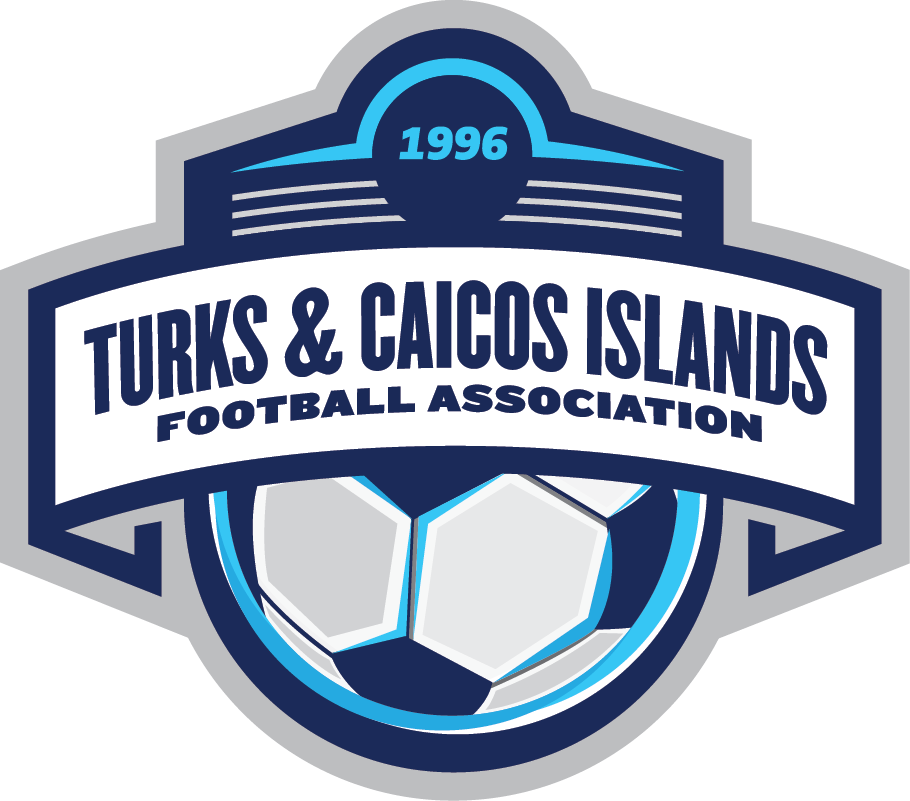CONCACAF'S Mission
Develop, promote and manage football throughout the region with integrity, transparency, and passion in order to inspire participation in the game.
CONCACAF services 41 member associations through offices located in Miami, New York, and Guatemala City, and is composed of a Congress, the CONCACAF Council, General Secretariat, several committees and judicial bodies.
CONCACAF -- formed in 1961 from the merger of the Football Confederation of Central America and the Caribbean (CCCF) and the North American Football Confederation (NAFC) -- consists of three sub-regions: North America (3 Member Associations under the regional entity North American Football Union – NAFU- which is non-operational), Central America (7 Member Associations under the regional entity Unión Centroamericana de Fútbol - UNCAF), and the Caribbean (31 Member Associations under the regional entity Caribbean Football Union - CFU).
At the CONCACAF Ordinary Congress held on April 19, 2013, in Panama City, Panama, five National Associations that previously held Associate Member status -- French Guyana, Guadeloupe, Martinique, Saint-Martin and Sint Maarten -- became full members. Moreover, the island of Bonaire was accepted by the congress as an Associate Member.
As the administrative body for the region, CONCACAF manages competitions, offers technical and administrative training courses, while also actively promoting and developing football.
Even though the biennial Gold Cup for full national teams and the annual Scotiabank Champions League for clubs are CONCACAF’s most visible competitions, the confederation organizes championships at the under-17 under-20 levels for men and women that lead to direct qualification for FIFA competitions. It also supports FIFA in coordinating qualifying tournaments for the World Cup, the Women’s World Cup and Olympic Games, plus the Beach Soccer and Futsal World Cups.

